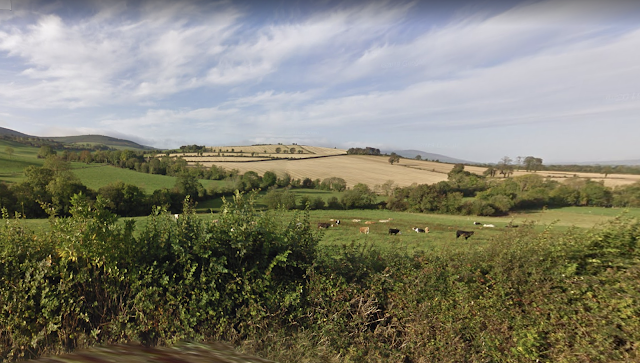We have a match!

Hingerty YDNA Match! Recently a Hingerty male from the USA tested to 111 Markers for YDNA at the company FTDNA as part of the Hingerty Surname YDNA project. The results are in.......drum roll please............ We have a match! Results of Hingerty YDNA Testing The Hingerty tester in the USA matches the Hingerty tester in the UK (Stafford) and the Hingerty tester in Australia who had previously tested at FTDNA. This tells us that the descendants of: William Hingerty (1765-1831) in the USA, Patrick Hingerty (1811-1866) in Stafford and John Hingerty (1813- 1889) in Australia all shared a common male ancestor. These three lines are related and at some point in the genealogical past they shared a common Hingerty male ancestor. There is no documentary evidence to prove this connection as documents for the time period in Ireland are scarce to non existent. YDNA is therefore the only way to prove the connection. Where to next? To prove that the USA, Stafford and Australian Hingerty lines a











